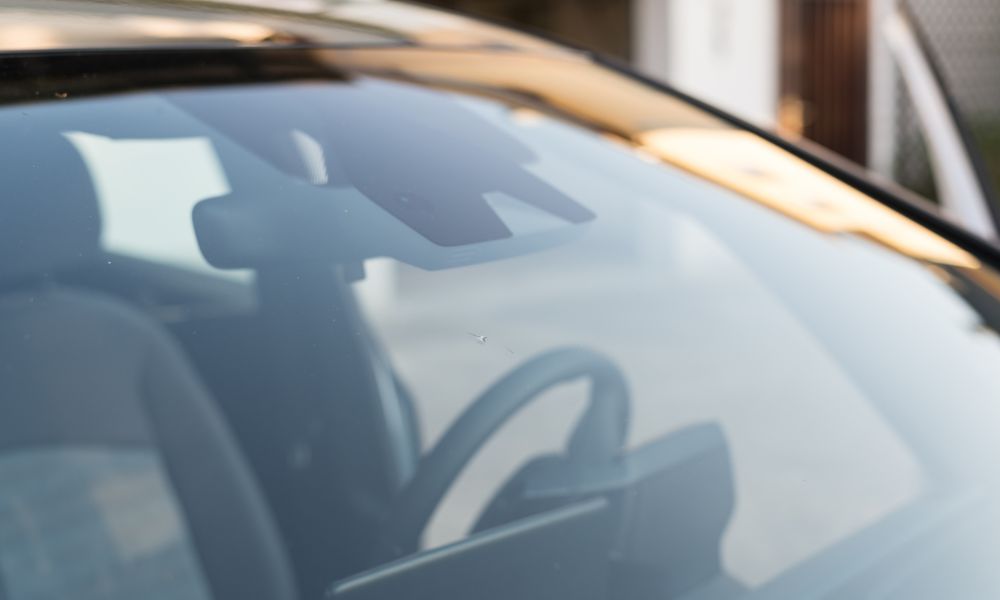What makes windshield glass different from regular glass? While they may look similar, several key distinctions set them apart. Let’s look at the differences between windshield glass and regular glass and why they matter, especially regarding safety, performance, and replacements.
Laminated vs. Tempered
One primary distinction between glasses is their manufacturing process. Manufacturers laminate windshield glass by sandwiching a thin plastic interlayer between two layers of glass. This construction allows the windshield to absorb impacts without shattering, offering additional safety for drivers and passengers.
In contrast, manufacturers often temper regular glass. They heat the glass and then rapidly cool it, creating a product stronger than standard annealed glass. When it breaks, tempered glass shatters into smaller, less dangerous pieces instead of large, jagged ones.
Impact Resistance
Engineers design windshield glass to withstand significant impact forces without breaking apart. In a collision, the windshield’s laminated structure maintains the vehicle’s structural integrity, prevents the roof from caving in, and protects everyone from debris.
Even though manufacturers temper regular glass, it doesn’t provide the same level of impact resistance. While suitable for general purposes, it lacks the design to handle extreme forces that can occur during vehicular accidents.
Optical Clarity
Having a clear, unobstructed view of the road is essential when driving. A key difference between windshield glass and regular glass is that windshields provide superior optical clarity, minimizing distortion and glare. This enhancement ensures drivers’ visibility, even in challenging lighting conditions.
On the other hand, regular glass may prioritize optical clarity to a different extent. While transparent, it may not undergo the same rigorous quality-control measures as auto glass.
Regulatory Standards
Windshield glass must meet stringent regulatory standards. Manufacturers must follow guidelines from organizations like the Department of Transportation (DOT) to ensure strong, clear, and high-performing windshields.
In contrast, regular glass doesn’t undergo the same scrutiny as windshield glass. Standards for regular glass differ based on its use, ranging from building materials to household items.
Installation, Repairs, and Replacements
Installing, repairing, and replacing windshield glass requires specialized skills and equipment. Designers create windshields to perfectly fit the vehicle’s frame. Only trained professionals should perform windshield replacements and repairs using industry-approved methods and materials.
On the other hand, installing and repairing regular glass may not require the same level of expertise or specialized equipment because it often lacks the safety-critical functions of auto glass.
While auto and regular glass may look the same, they serve distinct purposes and have unique characteristics. From windshield glass’s laminated construction and impact resistance to regulatory standards, every aspect contributes to your safety on the road.


Recent Comments